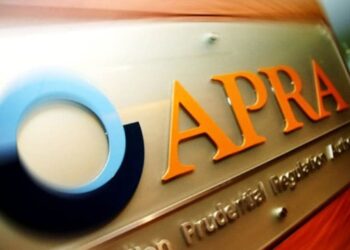More affordable childcare could add up to six figures to a woman’s superannuation retirement savings, close the gender super gap by 20% and slash the Age Pension bill, new research shows.
Using modelling from Deloitte, Industry Super Australia (ISA) analysed the economic effects of boosting the childcare subsidy for low- and middle-income families and flattening the taper rate.
Industry Super Australia advocacy director, Georgia Brumby, said: “More affordable childcare combined with paying super on parental leave will make sure mums are not left behind when they have children.”
According to ISA, women retired with almost a third less super than men and older women were the fastest growing homeless cohort, with government forecasts showing the gender gap would persist for decades with current policy settings.
The modelling showed increasing the Federal Government’s Child Care Subsidy (CCS) from 85% to 95% and flattening and simplifying the taper rate would encourage more women to work more paid hours, which then would lead to higher super balances at retirement.
The current subsidy created a huge disincentive for lower-income primary carers – usually a woman – to work beyond three days – as the extra income was almost completely eaten by higher childcare costs and taxes, according to ISA.
ISA said affordable childcare also would improve the Budget bottom line by reducing social security payments and the age pension, adding extra income and super tax earnings while cutting the gender super gap.
While the modelling shows a net fiscal cost of $2.2 billion in the first year from increasing the subsidy, over the next 80 years, income tax payable would increase by 0.6% ($5 billion), superannuation tax collected would increase by over 0.8% ($750 million) and age pension expenditure would decrease by almost 1.8% ($2.3 billion).
According to the report, if these changes were made, Australians would have an extra $35 billion in super by 2050, with $20 billion of this in the accounts of low to middle income earners, many of whom were women.
The modelling showed Australia’s economy would grow by over $20 billion by 2050 and the gender super gap for middle-income women in their 30s would close 20% by 2040.
Deloitte modelling showed that a mum on the median wage who went from part-time to full-time hours had up to $118,000 more at retirement, cutting her lifetime reliance on the age pension by $37,000.
Factors within and outside the super system are drivers of the gender super gap – including workforce participation, unequal pay and the lack of super on parental leave.
“Neither party has committed to paying super on the Commonwealth Parental Leave Pay Scheme – a concrete step that would add $14,000 to the retirement savings of a mother of two,” said ISA.




